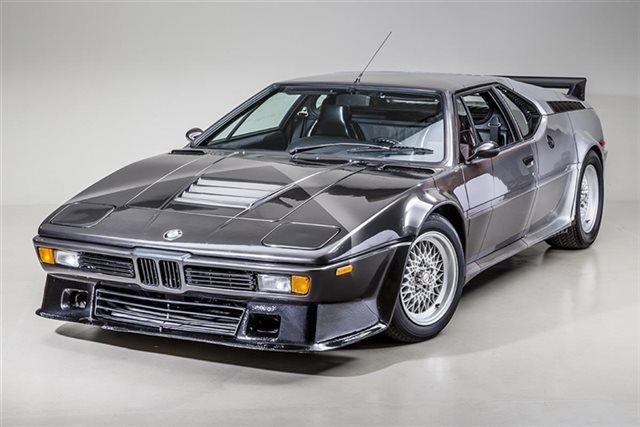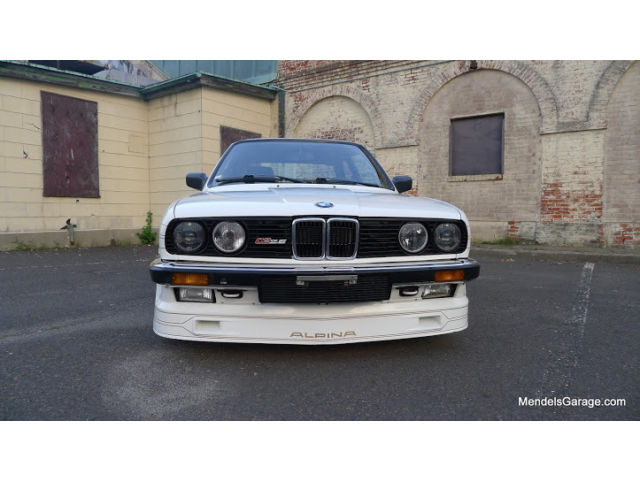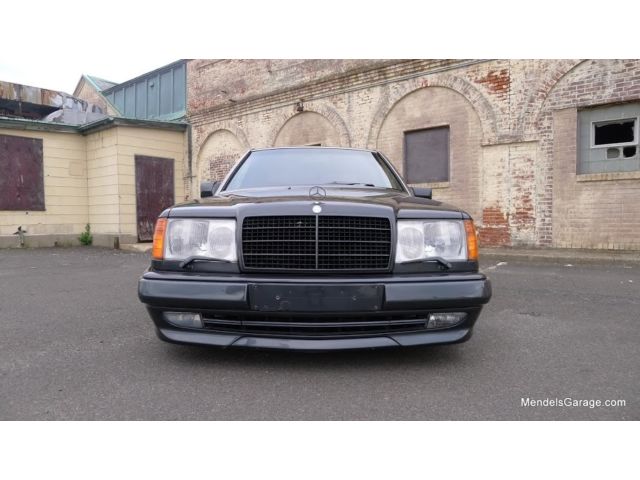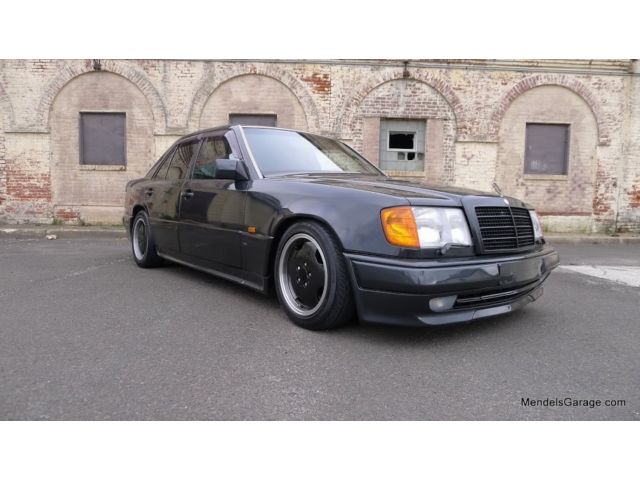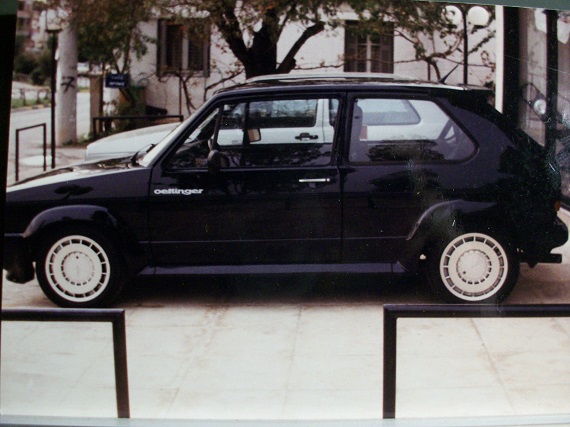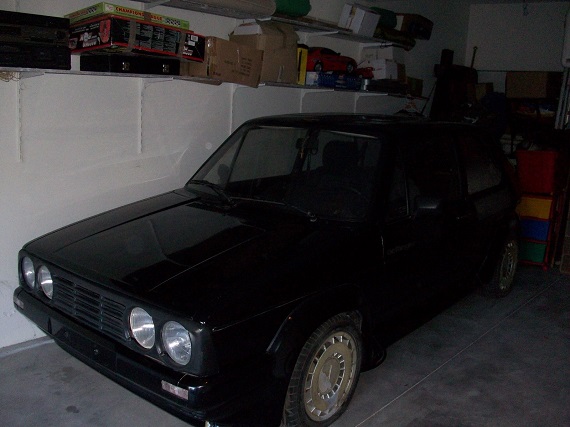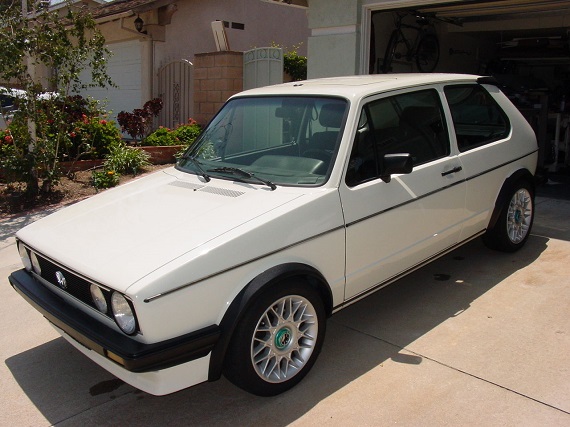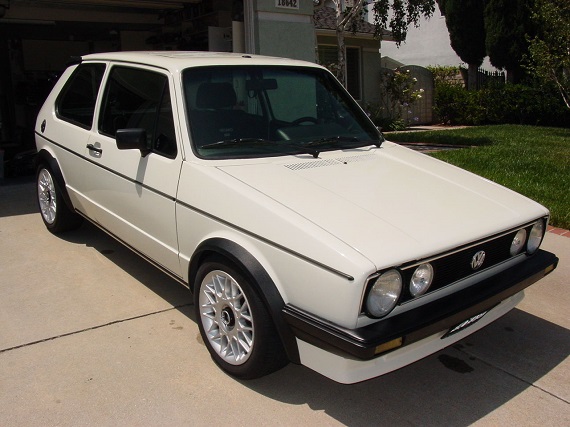While it’s safe to say that all of the legendary BMW M1s have an interesting history, some are a bit more traveled than others. It would be simple to suggest that modifying one of the few M1s produced would be sacrilegious, but in the 1980s anything was fair game in the tuning scene, and let’s not forget that the M1 was a bit of a flop originally. In fact, until very recently the M1 was generally overlooked as a future collectable; prices were higher considering the rarity and provenance of the original M car, but like the Audi Sport Quattro they enjoyed relative obscurity in the general public. So, it’s not much of a surprise that some were modified in period, and AHG was the most famous of the tuners of the M1. Taking the base car to the next level, they customized the interiors and upped the power nearly 30%, along with fitting aero tweaks that were a reminder that the M1 was intended for the track. Looking much like a street worthy Procar, the only thing that was missing were the celebrity race drivers and crashes. Not missing was the high price tag, something that’s back today:
Category: Tuner Tuesday
It’s somewhat amazing that a small tuner like Alpina managed to turn out nearly as many variants of the venerable E30 chassis as the factory did. Alpina developed a total of 11 variants of the 3 series that I can figure out, and with the Japanese specials there may have been even more. The C2 was the top-tier model of the small Alpinas until the introduction of the M3, which effectively negated the entire point of the C2. It was a bit quicker and cost less than the Alpina, and consequently the small tuner upped the ante by slotting in the larger M30 motors to really take performance to the next level. But the early cars are still quite potent; in 2.3, 2.5 or 2.7 form, the C1 and C2 had between 170 and 190 horsepower, and with only a reported 160 built between all the “C” models, they’re certainly much more exclusive than the M3. The same seller as earlier’s AMG has turned up with a late C2 2.5 from Japan; wearing gold Alpina decor over the Alpine White exterior, this is one shining gem of an E30:
CLICK FOR DETAILS: 1986 Alpina C2 2.5 on eBay
2 CommentsPre-merger AMG products are perhaps the most copied and most sought Mercedes-Benz products from the 1980s. Like many famous works of art, there are plenty of copies, replicas and pieced-together pretenders out there. As with Ruf, Alpina and Hartge – amongst others – you could buy many of the AMG bits originally from authorized dealers and install as many or as few as you’d like. You could also have an authorized dealer install the bits for you. Therefore, the definition of what actually makes a pre-merger AMG a “true” AMG varies depending on interpretation. Most seem to feel that it required at least 3 items to be installed by an authorized dealer of AMG products; a strange definition in some ways, since you could buy, for example, a steering wheel, rear spoiler and wheels – thereby gaining no real performance advantage – but if installed by a dealer, it could be considered an original AMG. Of course, there was much more available than just those items, and the most desirable are the bespoke AMG-engined “Hammer” models with their massive V8s. Not everyone could afford those, so there were lesser models available too:
CLICK FOR DETAILS: 1990 Mercedes-Benz 300E AMG 3.4 on eBay
3 CommentsWhich came first; the Mk.1 or the modified Mk.1? Of course it’s a rhetorical question, but it points to the popularity of the first water-cooled Volkswagens. Affordable, practical and plentiful, the aftermarket community thrived on providing all sorts of options to modify your Golf/Rabbit to all sorts of levels. With everything from body kits to performance modifications and interiors, there was seemingly no end to the possible permutations of combinations of parts to make your mass-produced hot hatch a bit hotter and different from everyone else. But weed through the plethora of upstarts, and perhaps the most respected name in the Mk.1 community is Oettinger. Though somewhat out of vogue today, we should not forget that Oettinger pioneered the twin cam, 16 valve engine for Volkswagen – in production as early as 1980, a full 7 model years before Volkswagen’s own 16V would enter service. They competed in motorsport as well, developing rally engines and everything from turbocharged diesels to a full 2 liter 16V motor developing 170 horsepower in 1984; Oettinger-equipped Golfs were quick enough to accelerate on par with production Porsche 928s of the period. Today, their legendary status in the Mk.1 community means that fully built, period models demand a premium even if they’re rare to come by:
CLICK FOR DETAILS: 1983 Volkswagen Golf Oettinger on eBay
Comments closedI was at my mechanic’s just the other day picking up my Passat when he asked me to give him a hand pushing a Mini Cooper S with a blown motor out of the way. He laughed as it rolled to a stop and remarked how heavy it was for such a small car. Of course, BMW made up for this by upping the power and the first of the new Minis is still a hoot to drive in S form, but he said to me “I’d rather have an original GTi”. I concurred; a legend even in its own time, the A1 GTi’s magic has never really been replicated by even Volkswagen themselves. Sure, there are faster, better built and better looking hatchbacks, but there’s something magical about the original – right down to the crazy stories both of us had about 11/10ths driving, flinging the small hatch at corners, overpasses, underpasses, small pets and occasionally pedestrians with abandon. Has all of that nostalgia turned into dollar signs in today’s market, though?

